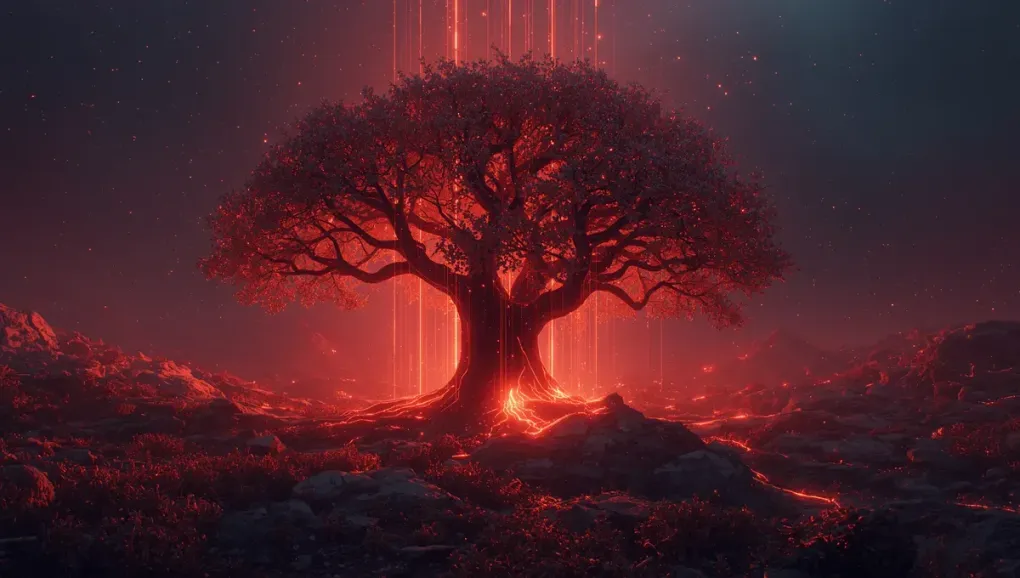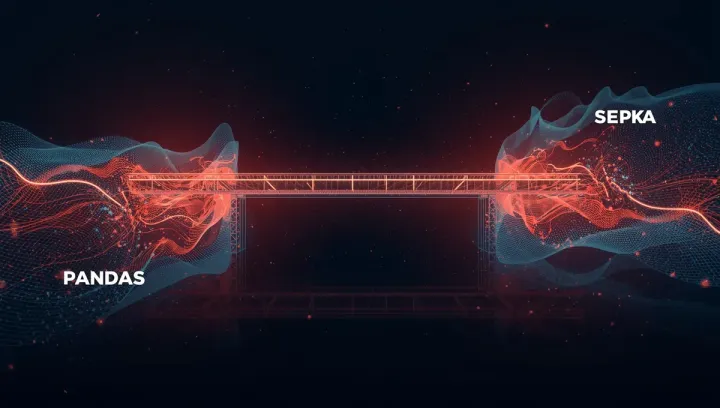
The Graphics API That Refused to Die: The Story of OpenGL
In the fast-moving world of technology, 30 years is an eternity. Languages, frameworks, and APIs rise and fall in a fraction of that time. Yet, there is one technology that has been a constant presence in the world of computer graphics for over three decades: OpenGL.
It is the API that powered a generation of iconic video games, from Quake to World of Warcraft. It was the foundation of professional 3D modeling tools like Blender and Maya. It fought a legendary war for the hearts and minds of developers against Microsoft’s DirectX. And in recent years, it has been declared dead, a relic of a bygone era, superseded by newer, more powerful APIs like Vulkan and Metal. And yet, it refuses to die.
This is the story of OpenGL, the graphics API that has survived and thrived against all odds.
The Birth of a Standard
In the early 1990s, the world of 3D graphics was the Wild West. Every piece of high-end graphics hardware had its own proprietary API. If you wanted to write a 3D application, you had to write it for a specific machine. It was a world of walled gardens.
Silicon Graphics (SGI), the undisputed king of high-performance graphics workstations, had its own powerful API called IRIS GL. But SGI saw the writing on the wall. They knew that for 3D graphics to become mainstream, there needed to be an open standard. In 1992, they released a cleaned-up, open version of IRIS GL to the public. They called it OpenGL.
For the first time, developers had a single, cross-platform API for creating 3D graphics. It was a revolutionary moment.
The API Wars: OpenGL vs. DirectX
OpenGL quickly became the standard for professional graphics applications and high-end games. But in the mid-1990s, a new challenger emerged: Microsoft’s Direct3D. Microsoft wanted to make Windows the dominant platform for gaming, and they saw Direct3D as the key to achieving that goal.
What followed was a decade-long war for the soul of PC gaming. On one side was OpenGL, the open, cross-platform standard, championed by developers like John Carmack of id Software. On the other was Direct3D, the proprietary, Windows-only API, backed by the full might of Microsoft.
For a time, it seemed like OpenGL would win. Games like Quake and Unreal showed the power and flexibility of the API. But Microsoft was relentless. With each new version of DirectX, they closed the gap, and by the mid-2000s, Direct3D had become the dominant API for PC gaming.
The Long Tail of a Legacy
By the 2010s, the conventional wisdom was that OpenGL was on its way out. Apple deprecated it in favor of their own Metal API. The Khronos Group, the consortium that manages OpenGL, released a successor called Vulkan, a lower-level, more powerful API designed for modern hardware.
And yet, OpenGL is still here. Why?
- Simplicity: For all their power, Vulkan and Metal are incredibly complex. OpenGL, by comparison, is simple and easy to learn. It’s the perfect API for students, hobbyists, and anyone who wants to get a triangle on the screen without having to write a thousand lines of boilerplate code.
- Ubiquity: OpenGL is everywhere. It’s supported on every major desktop operating system, and its mobile counterpart, OpenGL ES, is the foundation of graphics on billions of mobile devices.
- Inertia: There is a massive amount of existing code, knowledge, and tooling built around OpenGL. Rewriting a large application to use a new graphics API is a monumental task, and for many, the benefits simply aren’t worth the cost.
Conclusion: The API That Endures
OpenGL is a survivor. It is a testament to the power of a good, simple idea. It may no longer be the bleeding edge of graphics technology, but it remains a vital and relevant part of the software landscape.
It is the API that taught a generation of developers how to write 3D graphics. It is the API that powered some of the most iconic games of all time. And it is the API that, against all odds, is still here, still useful, and still getting the job done.


